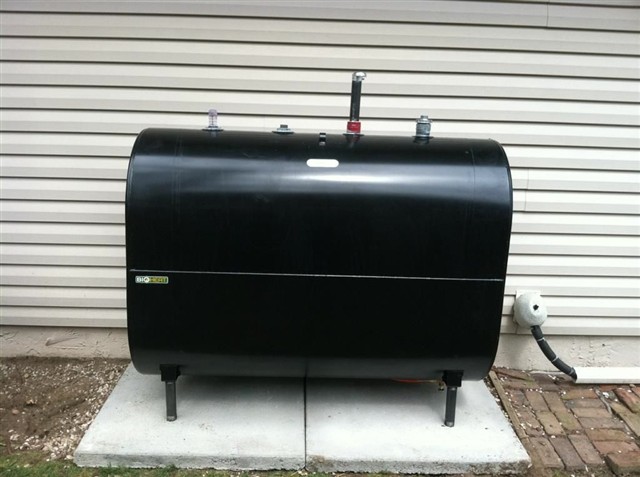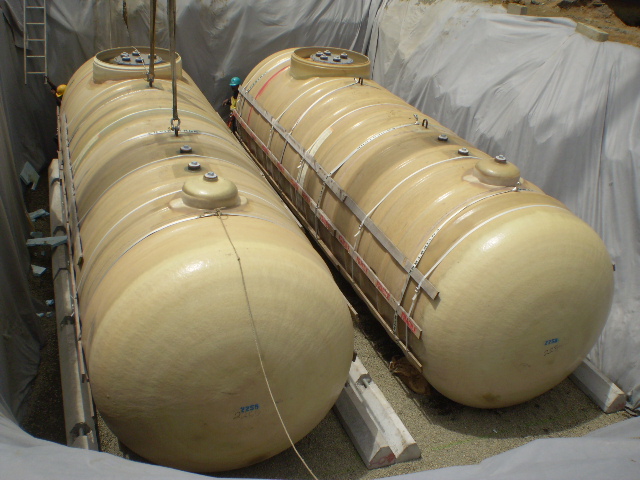Oil tank installation involves several considerations, including local regulations and safety norms.
The task should be pursued only after obtaining the necessary permits for installation. It is also important to find out whether the completed work requires inspection by appropriate authorities.
The foremost thing is to consider the location of the tank, whether it would be in the basement or garage or some other location. The installation must be such that there is adequate room around it, and if it is installed outside, it should be safe from rainfall, snowfall or dampness.
While a garage or a basement is considered to be spacious with minimal intervention from furniture or other items, outdoor installation is preferred by some homeowners if the aforementioned places are not accessible.
Therefore, it is important to calculate the area required for the installation, including the pipe lengths that will run from the furnace.
Outdoor installation

- In the case of outdoor installation, a slab foundation is essential to prevent the tank from sinking into the soil.
- The tank must be lifted and placed carefully in the appropriate location, and not dragged or dropped.
- The pipelines that run from the furnace are flexible PVC lines of low pressure. The pipes can be slid onto valves on the tank and if the tank is in the basement, as hole might have to be drilled in the wall to run the line.
- The flexible nature of the pipe is a favorable feature, as minor undulations will not pose a problem.
- Once the oil tank is connected to the furnace, a professional will inspect it to see if the regulations are met.
- Bleeding the oil line by opening the bleed screw lets out a little bit of oil to seep through, so as to remove air blocks.
Underground tanks

Underground tanks are permitted in some instances, provided a few stipulations are adhered to.
- They need to be cathodic-protected tanks made of steel with a coating of epoxy resin.
- A zinc anode attached to the tank enables cathodic protection and electrical leads from the zinc anode allow for periodical testing to ensure optimal performance.
- Fiber glass tanks are also permitted, but they are more expensive and demand a tough installation procedure.
Conclusion
Oil tank installation is a detailed procedure with stringent regulations, involving risks as well. Incorrect installation could bring about devastating effects and hence, it must be done by experienced professionals.